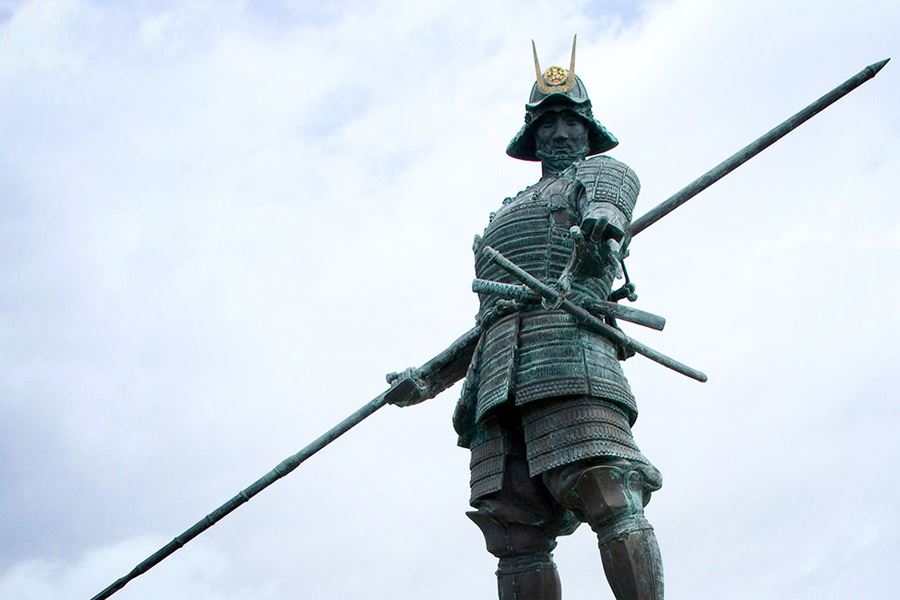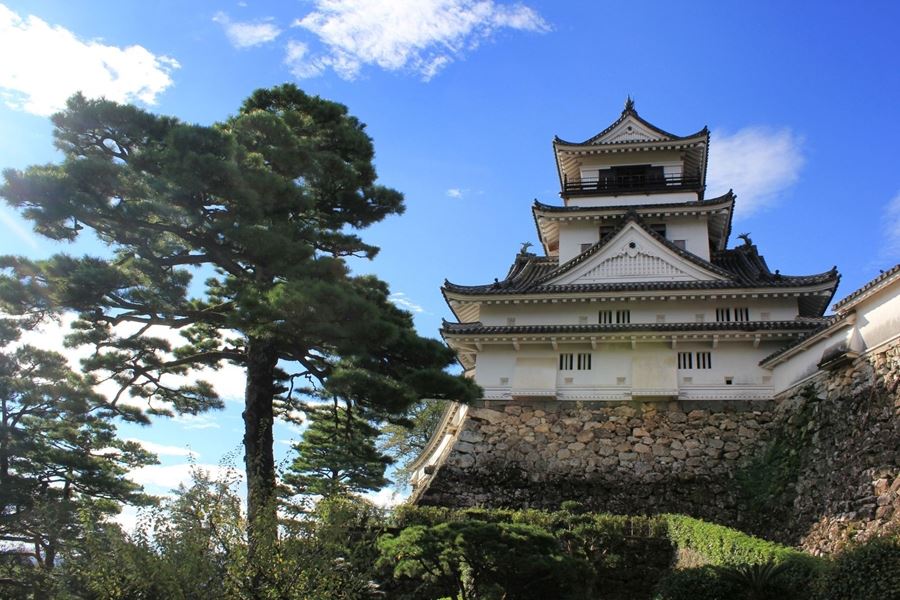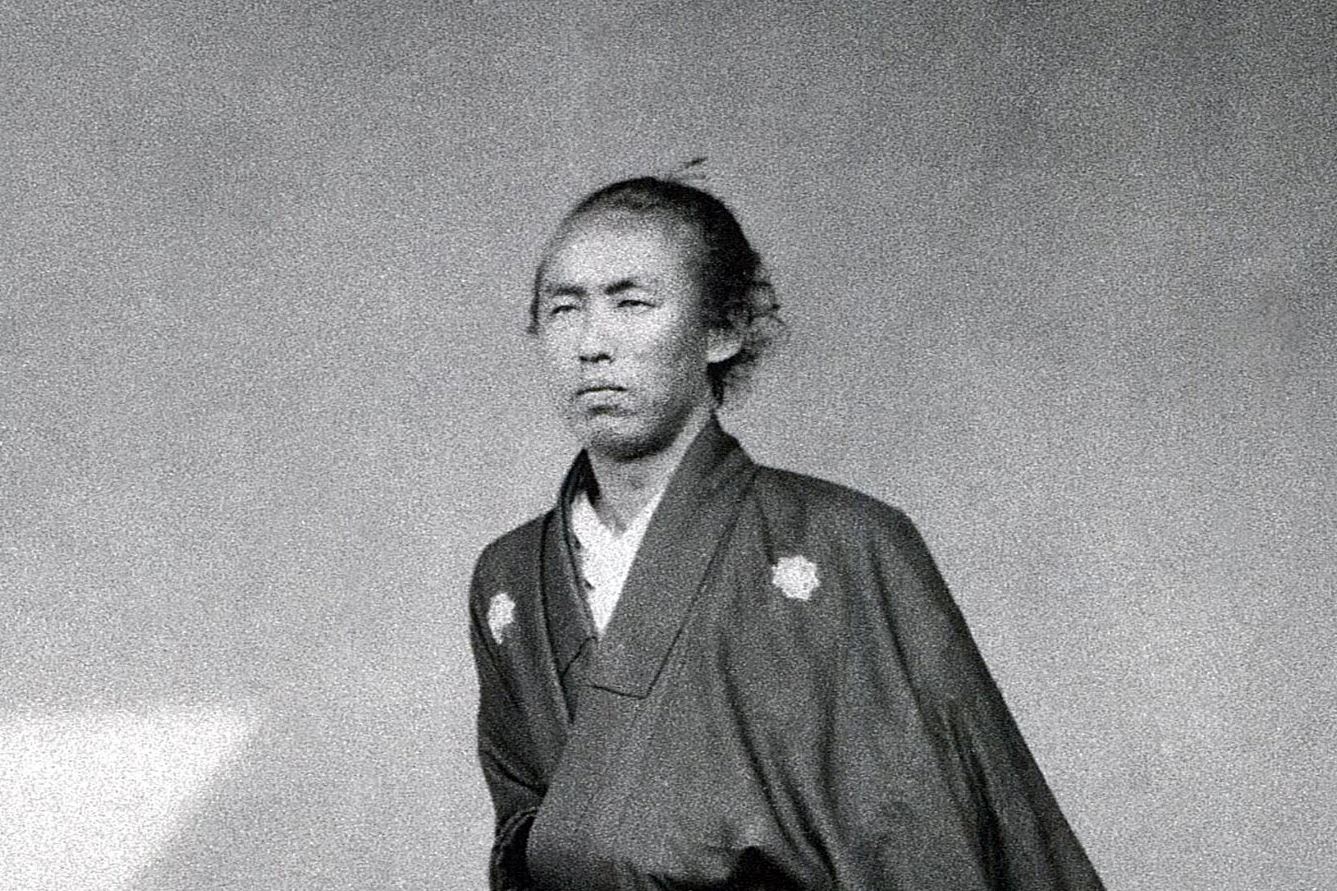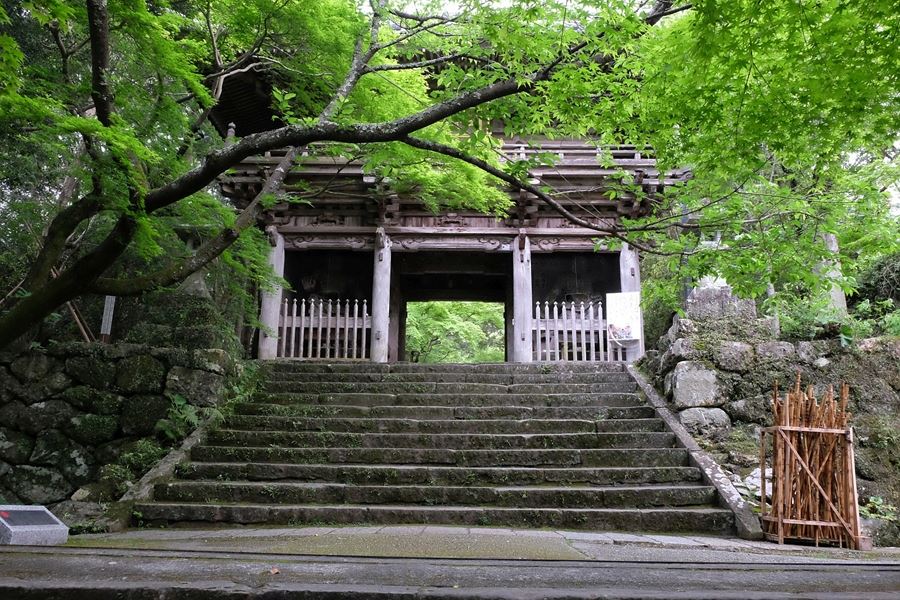Junshin
Home » Junshin
Junshin
Name in Japanese: 純信
Pronunciation: junshin
Period: 1819 to 1888
In 1819, Ebuchi Yōsaku was born to a vassal of the Sagawa family of Tosa. At the age of nine, Yō as he was called, was sent to Kyōto to study to be a priest. Japan was then in the Edo period, when society was strictly stratified by occupation, and movement between occupations was prohibited. Movement between towns and regions was also restricted and policed by a nationwide system of gated checkpoints.
After training as a priest, Yō took the name Junshin and returned to Tosa. Eventually, he rose to the position of chief priest of a branch temple of Chikurin-ji. On one of his occasional trips into Kōchi city from Mt. Godai, he met and fell in love with Ōno Ouma, the daughter of a tradesman, who was 20 years younger. At that time, Junshin was 37 and Ouma was 17, which was scandalous enough, but priests were prohibited from marrying. When a rumour went around Kōchi that a priest from Mt. Godai had been seen buying a fancy hairpin at a shop near Harimaya Bridge in the city, Junshin had to act.
So late one night in 1855, he eloped with Ouma. They headed north and entered Awa by an illicit path that avoided the checkpoint, but they were arrested at an inn in Kotohira in Sanuki for the crime of sneaking over a border. Junshin was sent back to Kōchi where he was sentenced to be pilloried in the grounds of Kōchi Castle and was then expelled from the province.
Junshin took refuge in Iyo Province, teaching at a temple school in Kawanoe. After the death of his patron in Kawanoe, he moved to today’s Kuma Kōgen and married. He had a son and a daughter and died in 1890 at the age of 69.
Ouma was indentured at an inn in Yasuda in eastern Kōchi, but when her romance with Junshin became known, she was forced to flee to Susaki in central Kōchi where she was taken in by a landowner. After that, she married a carpenter. Her eldest son became a carpenter for the army, and when he moved to Tōkyo, Ouma went with him. She died in 1868 at the age of 66.
The story encapsulates the atmosphere of Shikoku in the Edo period. The lack of freedom of association between men and women, and between people of different classes, impinged viciously on everyone’s lives, whatever their rank. But the lower the rank, the more oppressive were the rules. In Kochi, the feudal rules were particularly harshly enforced, since the ruling class had been parachuted in from Honshu to replace the popular local rulers, the native Chōsokabe. It was this atmosphere that impelled Sakamoto Ryōma, a low-ranked samurai with few rights, to overthrow the feudal order.
The romance of Junshin and Ouma is celebrated even today in the songs of Kōchi’s geisha and at the Harimaya Bridge in Kochi where the lovers are said to have met.
Related Tours

Experience the most beautiful and interesting temples of the Shikoku Pilgrimage in seven days.

A tour for families or friends, staying in the most characterful kominka and ryokan of Shikoku.

Visit the most beautiful and interesting temples of the Shikoku Pilgrimage and walk the toughest trails.




